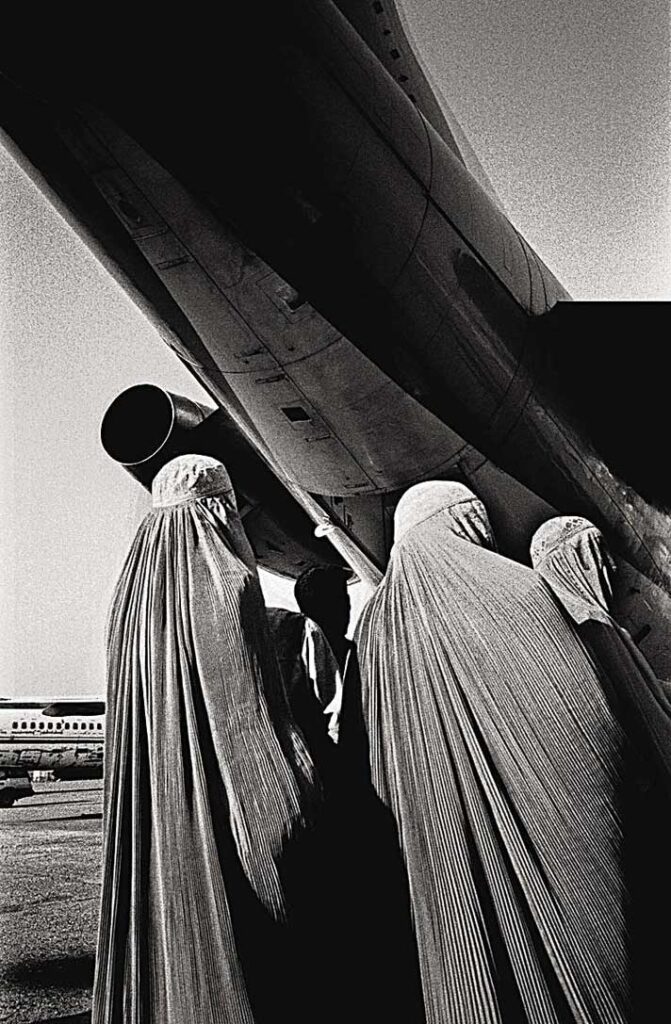Meena Kandaswamy
 Meena Kandasamy is a poet with two collections to her discredit: Touch and Ms Militancy. Her first novel The Gypsy Goddess releases next month. Reproduced below with permission is a poem she published on Facebook on 17 February 2014, soon after the Wendy Doniger and Penguin India controversy broke on 11 February 2014. At the time of posting it on the blog, it had been shared 219 times, 452 ‘likes’ and 85 comments.
Meena Kandasamy is a poet with two collections to her discredit: Touch and Ms Militancy. Her first novel The Gypsy Goddess releases next month. Reproduced below with permission is a poem she published on Facebook on 17 February 2014, soon after the Wendy Doniger and Penguin India controversy broke on 11 February 2014. At the time of posting it on the blog, it had been shared 219 times, 452 ‘likes’ and 85 comments.
This poem is not a Hindu.
This poem is eager to offend.
This poem is shallow and distorted.
This poem is a non-serious representation of Hinduism.
This poem is a haphazard presentation.
This poem is riddled.
This poem is a heresy.
This poem is a factual inaccuracy.
This poem has missionary zeal.
This poem has a hidden agenda.
This poem denigrates Hindus.
This poem shows them in poor light.
This poem concentrates on the negative aspects of Hinduism.
This poem concentrates on the evil practices of Hinduism.
This poem asserts its moral right to use objectionable words for Gods.
This poem celebrates Krishna’s freedom to perch on a naked woman.
This poem flames with the fires of a woman hungry of sex.
This poem supplies sexual connotations.
This poem puts the phallus back into the picture.
This poem makes the shiva lingam the male sexual organ.
This poem does not make the above-mentioned organ erect.
This poem prides itself in its perverse mindset.
This poem shows malice to Hinduism for Untouchability and misogyny.
This poem declares the absence of a Hindu canon.
This poem declares itself the Hindu canon.
This poem follows the monkey.
This poem worships the horse.
This poem supersedes the Vedas and the supreme scriptures.
This poem does not culture the jungle.
This poem jungles the culture.
This poem storms into temples with tanks.
This poem stands corrected: the RSS is BJP’s mother.
This poem is not vulnerable.
This poem is Section 153-A proof.
This poem is also idiot-proof.
This poem quotes Dr.Ambedkar.
This poem considers Ramayana a hetero-normative novel.
This poem breaches Section 295A of the Indian Penile Code.
This poem is pure and total blasphemy.
This poem is a voyeur.
This poem gossips about the sex between Sita and Laxman.
This poem is a witness to the rape of Shurpanaka.
This poem smears Rama for his suspicious mind.
This poem was once forced into suttee.
This poem is now taking her revenge.
This poem is addicted to eating beef.
This poem knows the castes of all the thirty-three million Hindu Gods.
This poem got court summons for switching the castes of Gods.
This poem once dated Karna who was sure he was no test-tube baby.
This poem is not curious about who-was-the-father.
This poem is horizontally flipped.
This poem is a plagiarised version.
This poem is selectively chosen.
This poem is running paternity tests on Hindutva.
This poem saw Godse (of the RSS) kill Gandhi.
This poem is not afraid of being imprisoned.
This poem does not comply to client demands.
This poem is pornographic.
This poem will not tender an unconditional apology.
This poem will not be Penguined.
This poem will not be pulped.











